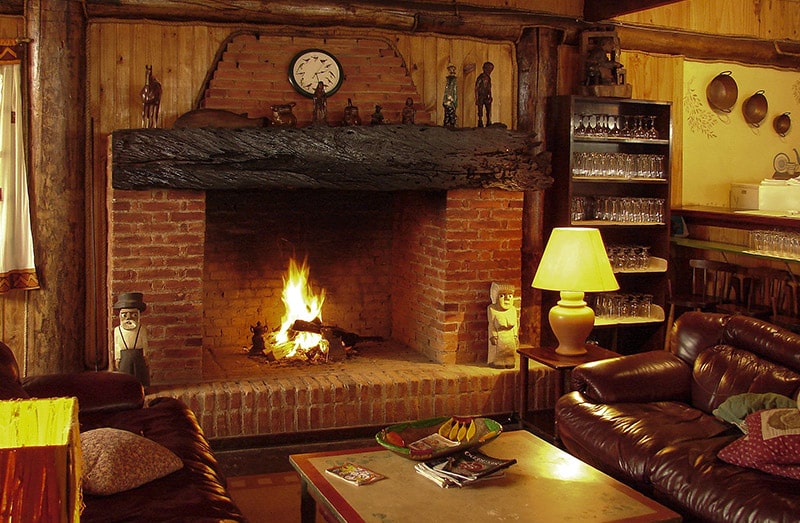
When it comes to heating our homes during colder seasons, fireplaces and wood-burning stoves are a popular choice for many. They offer a cozy and warm ambiance, bringing families together around a crackling fire. However, this traditional method of heating comes with a potential danger lurking within—creosote. In this article, we’ll delve into what creosote is, why it’s a concern, and how you can mitigate its risks to ensure a safe and warm home.
What is Creosote?
Creosote is a dark, sticky, and highly flammable substance that forms when wood or fossil fuels like coal, oil, or gas are burned incompletely. When the byproducts of combustion, such as gases, vapors, and tar, cool and condense, they stick to the inner walls of chimneys, flue linings, and other venting systems. Over time, this buildup forms creosote.
Creosote can manifest in various forms:
-
First Degree Creosote (Stage 1): This is a light, powdery substance, often easy to clean and remove. It is primarily composed of soot and can be removed with a chimney brush.
-
Second Degree Creosote (Stage 2): In this stage, creosote is a bit thicker and harder, resembling a shiny or tar-like substance. It requires a more thorough cleaning using specialized tools.
-
Third Degree Creosote (Stage 3): This is the most dangerous and challenging form of creosote. It is extremely hard and crusty, forming a thick layer that is highly combustible and difficult to remove. It poses a significant fire hazard.
The Dangers of Creosote
Creosote is a serious concern for anyone using a fireplace or wood-burning stove. Here’s why:
-
Fire Hazard: Creosote is highly flammable. When a substantial amount of creosote accumulates within the chimney or stovepipe, it can ignite, leading to a chimney fire. These fires burn intensely and can cause extensive damage to the chimney and potentially your home.
-
Health Risks: Breathing in creosote fumes or particles can pose health risks. It can irritate the eyes, skin, and respiratory system, potentially exacerbating existing respiratory conditions like asthma or bronchitis.
-
Obstructed Ventilation: The buildup of creosote can obstruct the chimney or flue, reducing proper ventilation. This can lead to harmful gases like carbon monoxide being trapped inside your home, which is extremely dangerous and potentially fatal.
Preventing and Managing Creosote Buildup
Now that we understand the risks associated with creosote, let’s explore effective ways to prevent and manage its buildup:
-
Regular Chimney Inspections and Cleanings: Regular chimney inspections and cleanings by a certified chimney sweep are crucial. They can identify and remove creosote buildup before it becomes a serious hazard.
-
Proper Burning Techniques: Burn only seasoned hardwoods, as they produce less creosote. Avoid burning wet or unseasoned wood, as it can lead to increased creosote buildup.
-
Maintain Optimal Temperatures: Keep a moderate and consistent fire throughout the burning process to reduce the amount of creosote that forms.
-
Use Creosote Inhibitors: Creosote inhibitors can be added to the fire to help break down creosote and reduce its buildup. However, they should not replace regular chimney cleanings.
-
Install a Chimney Cap: A chimney cap helps prevent debris, birds, and animals from entering the chimney, reducing the potential for creosote buildup.
-
Install a Creosote Sweeping Log: Burning a creosote sweeping log as recommended can help break down and loosen the creosote, making it easier to remove during a chimney cleaning.
In Conclusion
Creosote is a potential threat that comes with using fireplaces and wood-burning stoves. Regular maintenance, safe burning practices, and a vigilant eye can help mitigate the dangers associated with creosote. Remember, the safety of your home and family should always be a top priority, especially during the colder months when heating becomes essential. Stay warm and stay safe!
